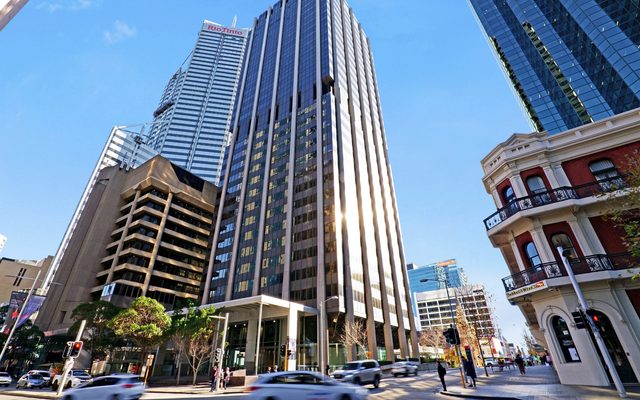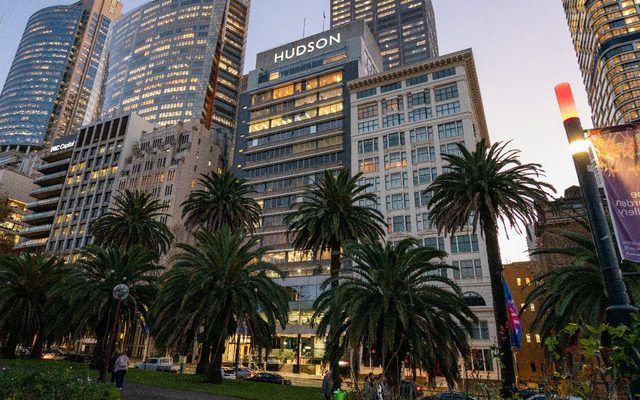This article is from the Australian Property Journal archive
AUSTRALIA’S office AREITs face eroding cash flows, rising capitalisation rates and higher asset valuation risks amid tough near-term conditions, while changing work habits challenge the structural demand outlook, according to S&P Global Ratings.
According to the firm’s new report, Prime Assets Will Help Shield Australia’s Office REITs From Rising Stress, the seven office-focused AREITs it rates benefit from a flight to quality and have a strong tenant base, comprised primarily of companies listed on the ASX, large multinationals, and government tenants with minor exposure to small businesses.
More than two-thirds of its rated REITs can sustain asset value declines of up to 10%. The rest can sustain declines of up to 25%.
S&P Global Ratings credit analyst Alexander Lisov said the Australian office sector is confronting a “convergence of pressures”.
“Australia’s office market is facing cyclical and structural threats. Heightened interest rates are an overall drag on the economy, and have led to rising financing costs and increasing capitalization rates for office REITs. The sector is also structurally vulnerable to workplaces adopting flexible working practices. These factors will continue to weigh on office asset valuations, earnings, and credit metrics.” Vacancy rates remain higher than the pre-COVID level, and will likely stay elevated, given new supply coming on-line, he added.
Prime-grade assets will be better positioned than secondary-grade assets, given their strong tenants and ability to adjust to changing market conditions.
S&P Global took various rating actions on eight US office REITs on deteriorating fundamentals and near-term cyclical risks.
“Like the US, Australia is contending with evolving demand dynamics and the traditional office cycle, which we expect to persist and will likely erode rating headroom,” Lisov said.
According to S&P, elevated incentives highlight the vulnerability to subdued demand and the uncertain outlook for the sector, as well as stifle net effective rentals growth.
“Office landlords have been negotiating record-high incentives to attract and retain tenants.”
It cited Colliers and Property Council of Australia data in saying that average incentive levels for prime-grade and secondary grade offices in the Sydney and Melbourne CBDs are around 30% to 40% as at the end of March.
“If this trend does continue, in our view, it will further widen the gap between prime and secondary-grade office assets. For instance, average incentive levels for prime-grade in CBD markets of other Australian capital cities are about 4% to 5% higher than that for secondary-grade offices as at March 31, 2023.
“Meanwhile, we anticipate landlords of lesser-quality offices may have to spend more to compete with demand pressures.”
Demand for office space will evolve as tenants progressively adjust and recalibrate their office floorplate requirements when lease expiries approach.
“We expect our rated AREITs to maintain and enhance their assets to support the pivot toward flexible working arrangements,” said S&P Global Ratings credit analyst Leanne Ly.
“This likely includes modern, flexible, and purpose-built buildings with attractive end-of-trip facilities and environmental credentials.”
S&P Global rested AREITs against a range of scenarios more severe than its base-case assumptions on rents and asset valuations. It founds the majority of AREITs maintain leverage above downgrade triggers at 80% and 70% lease renewal rates, about one-third of these issuers begin to breach their downside trigger at 60% lease renewal rates, and most its rated office AREITs can withstand up to a 10% decline in asset values from their current levels, without breaching their own target gearing range.
However, only two would stay beneath their upper limits during a fall in asset values similar to those that occurred during the global financial crisis.
Moody’s has said that given vacancy levels for office remain above historical averages, it expects the highest value declines for office assets and rated AREITs on average will still have around 25% headroom against the high end of their target gearing levels, which are set well below debt covenant levels.
While listed office asset values have held up so far in Australia, Moody’s has already warned they likely to fall in the coming 12 months because of weaker market fundamentals and the increasing cost of debt. Barrenjoey analysts have warned office tower prices could come off by 15% to 20%. Colliers is expecting capital values to drop by an average of 10% from peak-to-trough, before the market recovers in 2024, a much less turbulent trajectory than the GFC which saw some assets suffer 25% in devaluations.




